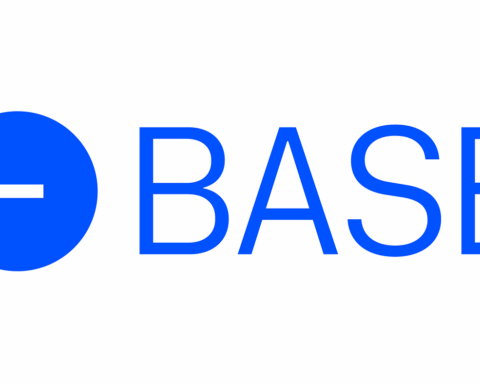First Trust, a prominent financial services firm, has made a notable move in the cryptocurrency space by filing for a Bitcoin (BTC) exchange-traded fund (ETF).
However, this ETF is not the typical spot ETF that tracks the performance of Bitcoin directly. On December 14,
First Trust submitted a Form N1-A filing to the United States Securities and Exchange Commission (SEC) for the launch of the First Trust Bitcoin Buffer ETF.
The primary objective of the First Trust Bitcoin Buffer ETF, as outlined in its prospectus, is to participate in the positive price returns of the Grayscale Bitcoin Trust or another exchange-traded product (ETP) that offers exposure to Bitcoin’s performance.
Unlike a spot Bitcoin ETF, which directly follows Bitcoin’s price movements, a buffer ETF employs options to achieve a predefined investment outcome.
Buffer ETFs, often referred to as “defined-outcome ETFs,” are designed to safeguard investors from losses in the event of market declines.
They accomplish this by setting a limit or buffer on a stock’s growth over a specified period, utilizing options to ensure a particular investment outcome and deliver a targeted level of protection against market downturns.
James Seyffart, an ETF analyst at Bloomberg, commented on the First Trust Bitcoin Buffer ETF, highlighting that such funds protect against a predetermined percentage of downside losses while capping potential gains.
He also anticipated the emergence of other unique strategies offering Bitcoin exposure in the coming weeks.
Browse the Latest Crypto News Today
The First Trust Bitcoin Buffer ETF represents one of the initial filings of its kind with the U.S. SEC.
At the time of writing, there are 139 buffer ETFs actively traded in the U.S. market, with total assets under management totaling $32.54 billion.
Buffer ETFs are available across various asset classes, including equities, commodities, and fixed income.
In recent years, buffer ETFs have gained significant popularity, with industry leader BlackRock introducing its first iShares buffer ETFs in June 2023.
These new products, namely the iShares Large Cap Moderate Buffer ETF (IVVM) and the iShares Large Cap Deep Buffer ETF (IVVB), have shown returns of around 5% and 2%, respectively, since their launch, according to TradingView data.
It’s important to note that despite their protective mechanisms, buffer ETFs do not guarantee complete safeguarding of investments.
Investors should be aware that there is a risk of losing some or all of their capital when investing in these funds.
Both First Trust and BlackRock acknowledge that buffer ETFs may not be suitable for all investors and do not provide principal or non-principal protection, meaning investors could still incur losses up to the entire amount of their investment.
Discover the Crypto Intelligence Blockchain Council




